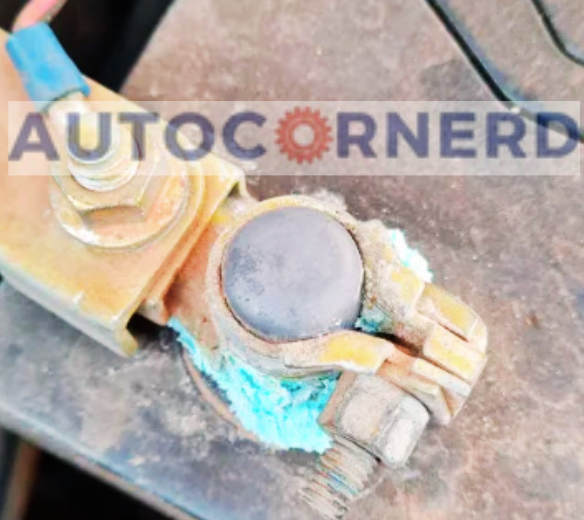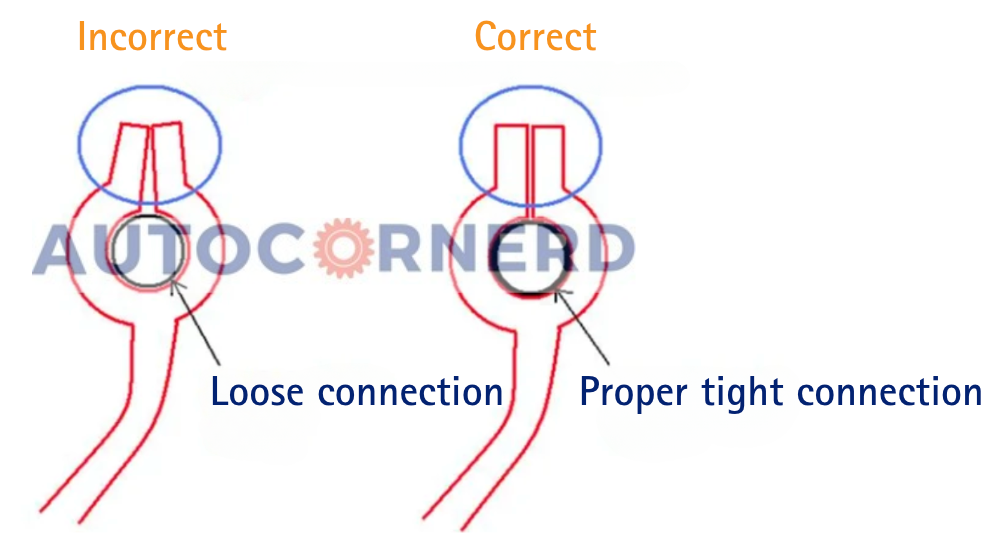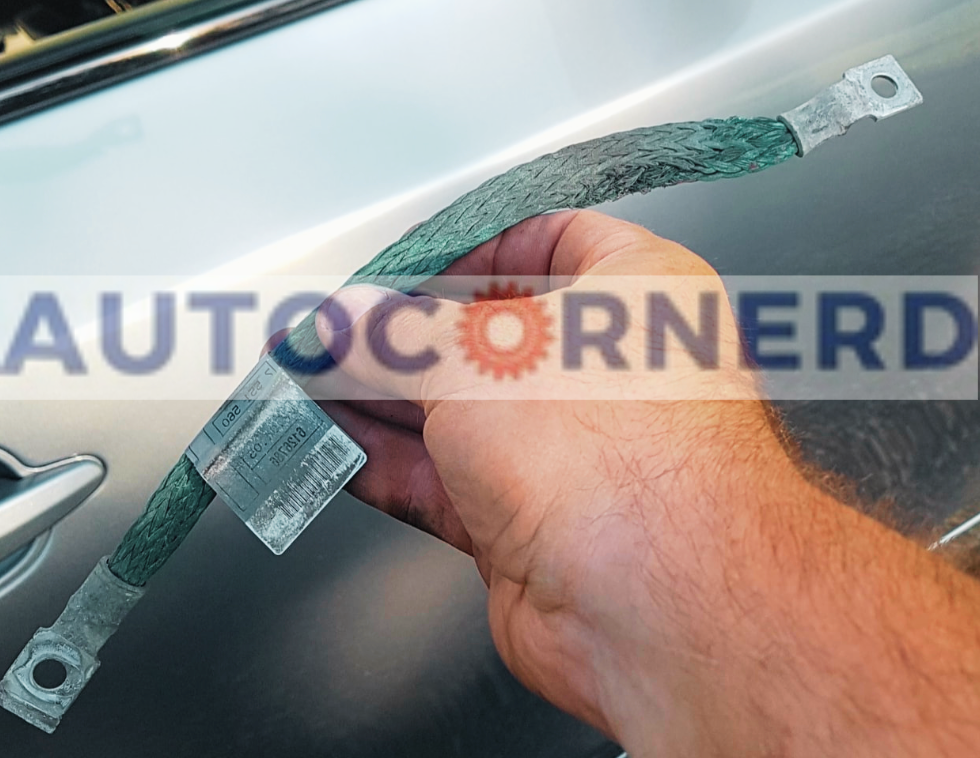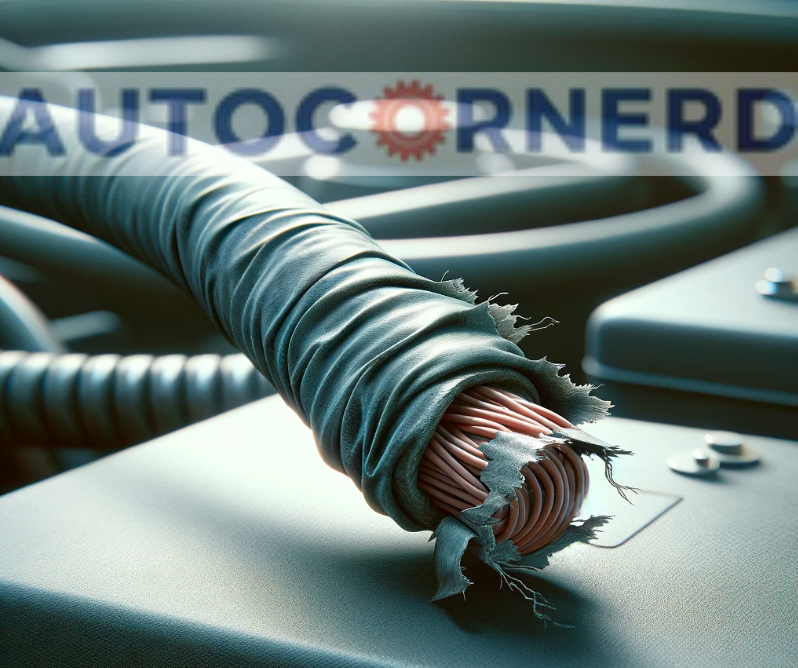Why Is My Check Engine Light On After Battery Change?
If you have just replaced the battery and checked engine light has come on, you should first check if the new battery has a low charge or is faulty, battery terminals are loose or the battery cables have become bad. If you have inspected these things and check engine light is still on, it might not be because of a new battery. You will need to use OBD2 scan tool to read related trouble codes stored in your engine’s computer memory to find the root cause of a check engine light.
Changing your car’s battery is an easy task. Unfortunately, it can sometimes lead to an immediate check engine light on. It might leave you with concern that what wrong you have done to your engine. So, let’s discuss how to deal with the problem.
Read my guide on car won’t start after replacing battery if your car stalls or won’t start after battery change.
- Check engine light can come on after battery change due to low voltage codes or communication errors. Clearing codes and driving car may make light turn off.
- Weak, dead, or improperly connected new battery can cause check engine light. Inspect battery and terminals.
- Loose, corroded, or damaged battery cables can trigger check engine light by disrupting power. Clean and secure connections.
- Short circuit during battery replacement, by touching chassis, can cause communication failure and turn on check engine light.
- Check battery voltage, ground strap, and cables thoroughly if light stays on.
Why Is Check Engine Light On After Battery Change?
After the battery change, the check engine light can be on due to low voltage trouble codes that are caused by a weak or dead battery.
Sometimes, the check engine light is on and the engine’s computer starts giving trouble codes related to the electric circuit of different engine sensors after disconnecting and reconnecting the battery.
Some random low voltage codes or loss of communication codes (U0100, U0140) can pop up when your disconnect the battery, or the car battery becomes dead and does not supply sufficient voltage to the engine computer and electric circuits of different engine sensors.
For instance, one user found the trouble code P0882 when his car’s battery was dead. The code was related to a lower input power signal to the ECM.
So, in those cases, the chances are that the check engine light resets or goes off automatically after you clear the codes using the OBD2 scan tool and drive your car for a couple of days or complete 10 to 20 drive cycles or complete around 50 to 100 miles of the drive.
Make sure that the engine temperature is close to the ambient air temperature at the start of each drive cycle. If the check engine light after the battery change is still on after several drive cycles, there’s obviously still an active issue going on.
Before trying to fix the check engine light, you can also first try clearing the code by turning the key into the on position for a minimum of 10 seconds before starting the engine. This allows relearning the system after reinstalling the battery.
You could repeat this twice but make sure to end with the key in the ‘ON’ position. You can also first drain the battery by disconnecting the negative cable first for 15 minutes, pressing the horn, and turning on the headlights to drain any electric charge stored in the engine.
After that, connect the negative cable of the battery and do 10 seconds trick of clearing the codes.
Causes Of Check Engine Light Warning After Battery Replacement
Check engine light illumination after battery replacement is due to the following reasons:
1. Battery Is Weak Or Dead
If the battery is dead, or weak, or the alternator has failed, it could turn on engine warning light. Many different things can go wrong with your battery.
The battery may not be charging properly and could possibly leak. This could cause the check engine light to come on.
How to test?
To check whether the battery is weak, you have to perform a voltage test across the battery posts.
Have someone turn the key and start the engine, while you put the voltmeter probes on the battery posts. If the battery voltage drops below 9.6 volts when trying to start (i.e. when cranking), the battery is run down or defective.
You should note the following things when replacing a new battery to avoid its damage:
- Make sure your car battery belongs to the correct group (the size of the battery). Otherwise, cables may not reach the battery posts. You should also consider the reserve capacity (how long the battery can run the car if your alternator fails) and Cold-cranking amps rating (how well the battery performs in cold weather) of your battery. These factors are usually specified in the owner’s manual.
- There should be sufficient clearance between the bonnet and the replacement battery to avoid terminals shorting/fouling on the closed bonnet.
- Tighten the hold-down clamp securely so that the battery cannot move in the tray. Moreover, overtightening a hold-down can also damage the plastic battery casing and result in battery acid leaking.
- Clean the battery tray of all debris to ensure no sharp objects can damage the plastic battery casing.
- Make sure that new battery terminal posts are positioned exactly the same as the battery being replaced.
2. Loose or Corroded Battery Terminals

If your engine light is on after battery swap, loose or rusty battery terminals are likely the reason.

Loose battery terminals can cause problems. For one, they may turn on the check engine light. Loose terminals also let the battery drain faster than normal. This makes the alternator work extra hard.
If battery acid leaks out, it can rust the terminals. So clean the terminals and battery posts before putting in a new battery.
How to fix?
Use a small wire brush to clean dust and rust flakes. Clean with baking soda and water. You can also put a thin layer of petroleum jelly on the terminals.
Make sure the terminal is pushed all the way onto the battery post. I once had a problem because I didn’t push the terminal down enough.
Use a rubber hammer to lightly tap the battery terminal if needed. Hitting too hard could harm the battery post and cause leaks.
3. Short To Ground
Remember that taking off the negative battery terminal first or putting on the positive terminal first by accident can cause a short circuit in the car at some point. This can happen if the wrench touches the car body accidentally when loosening or tightening the terminals.
Losing the communication between sensors and ECM due to a short circuit to the ground will turn on the check engine light.
Also, if the wrench touches the chassis removing positive terminal first, it will pull high currents. The resulting spark can destroy the battery with a dead short.
How to check?
To test short to ground, take a voltmeter. Connect one probe with the negative terminal of the battery and the other on the engine block or chassis.
If the connections are fine, there will be 0.2 volts recorded on the voltmeter when trying to start an engine.
If you can see any voltage, it means battery ground connections are damaged. You should check your owner’s manual to find all grounded connections on your engine. You have to visually inspect them for any corrosion.
In some engines, there is also a ground strap connection between the car body and the engine. Its ends are usually mounted on the transmission and car body. If the ground strap is weak or torn in any way, it could also car not to start.

Also Read: My car starts sometimes and sometimes it doesn’t
4. Battery Cables Are Damaged

The wires that connect a car’s battery are called battery cables. They have the important job of carrying power from the battery to parts like the starter and lights.
Over many miles, battery cables get old and worn. Things like rust, loose plugs, and rubs in the metal can hurt them. Then the wires can’t do their job as well.
When the cables fail, your car may not start or run right. So you should check them when you replace your old battery. If insulation strips off while you work, the bare wire could touch metal and short out. That would also turn on the check engine light.
To keep your car running right, battery cables need care. Watch for damage like fraying or rust. And protect them when you handle the battery. Good cables will safely carry power for many miles.
Can A New Battery Cause A Check Engine Light?
Putting in a new battery can make the check engine light turn on. This can happen if the new battery is not charged fully or if the terminals are loose on the posts.
If the battery charge is low, the car’s computer will think something is wrong. This makes warning lights flash to say there is a problem.
Also, if you clamp the battery down too tight, the plastic case can crack. Battery acid will leak out. Then the battery will die right away.
So be very careful if you install a new battery yourself. Follow the instructions in the box. If you don’t, you might harm your car.
FAQs
How can I reset the check engine light after replacing the battery?
You can disconnect the battery and reconnect it after 15 minutes to clear trouble codes and reset the check engine light.
What if the check engine light comes back on after resetting it?
If the check engine light comes back on after resetting it, it’s recommended to take your car to a mechanic to diagnose the issue causing the light. There may be an underlying problem that needs to be addressed to prevent the light from coming back on.
How can I prevent the check engine light from appearing after a battery change?
There isn’t much you can do to prevent the check engine light from appearing after a battery change. However, you can ensure that the battery is properly installed and that it is fully charged before installation. Additionally, giving the car some time to clear the light on its own or manually resetting it can help prevent the light from appearing.
Some First Hand Experiences Shared By Users In Different Communities
Our team conducted research across various online communities, forums, and subreddits to gather user comments and opinions on “engine light triggering after battery replacement”.
User 1 says:
ust replaced my battery in my 2012 Prius, and boom, check engine light! Initially panicked, but after some Googling, I checked the OBD codes. Turned out to be a simple ECU reset issue. Disconnected the battery, waited 15 minutes, reconnected, and the light was gone. Relief!
User 2 says:
n my 2017 Volvo XC90, after a battery change, the check engine light wouldn’t go off. I was stumped, so I checked online forums. Turns out, it needed a software update. A quick trip to the dealership, and it was sorted without any hassle.
User 3 says:
After swapping the battery in my 2014 MX-5, the dreaded check engine light appeared. I suspected an electrical issue. To my surprise, it was a simple air sensor disconnection. Reconnected it, and the light disappeared. A lesson in double-checking my work!
User 4 says:
Changed the battery in my 2019 Wrangler, and bam, check engine light. I thought it was a serious issue. Used a scanner, and it showed a calibration error with the throttle position sensor. A bit of manual adjustment, and it was back to normal.
User 5 says:
Replaced the battery in my 2021 Acura MDX, and the check engine light appeared. I was puzzled, but then found out it was due to a miscommunication between the battery and the powertrain control module. Performed a system reset, and the light went off.
